Processing grapes after flowering
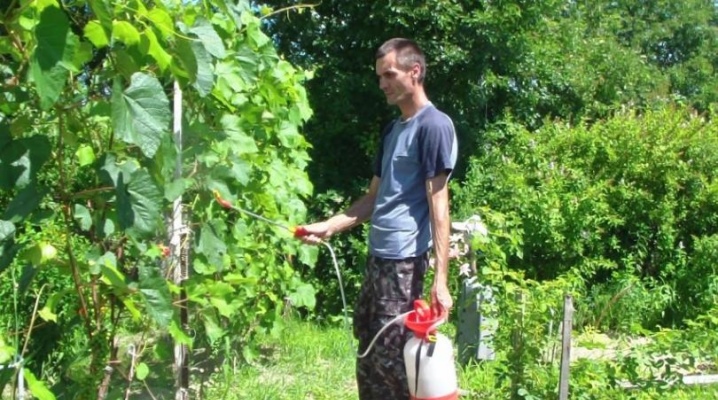
Grapes are considered a rather finicky crop and need regular maintenance throughout the growing season. The period after flowering is no exception. At this time, it is important to preserve all the formed ovaries and protect the plant from diseases and parasites.
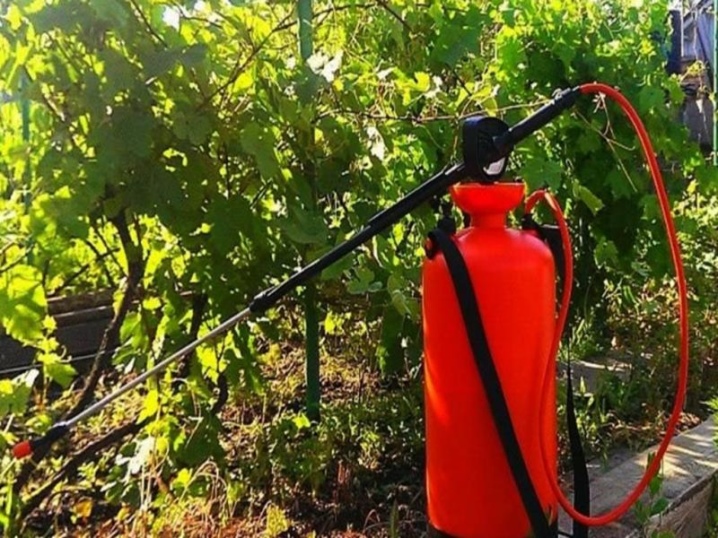
What can be processed?
In conditions of high humidity and the onset of heat, the main enemies of the vine are fungal spores that cause mildew disease, as well as gray rot that affects plants in cold and rainy summers. If during this period proactive measures are not taken, then it will be very problematic to restore the vineyard even with the help of chemical agents. In addition to treatment against diseases and pests, the vine after flowering needs additional nutrients - in feeding. To prevent the development of various diseases, as well as for their treatment, both chemical preparations and folk remedies are widely used.
The latter have a more gentle effect on plants, but they can no longer help with an advanced progressive disease. In such cases, chemicals are used.
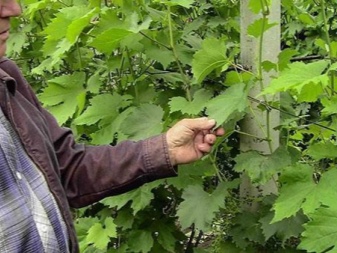
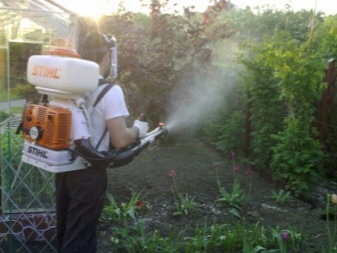
Drugs
Before using potent agents, it is necessary to determine the nature of the disease and assess the degree of damage to the vine. In mild cases, you can treat the grapes with iron vitriol or Bordeaux liquid, and in case of serious damage, you need to connect complex preparations.
For example, to prevent the development of insect larvae a week after flowering, insecticidal agents can be used:
- Bi-58;
- "Omite";
- "Neoron";
- "Confidor".
And as a prevention of oidium and mildew, you should use:
- "Hom";
- "Tiovit Jet";
- "Kuprozan";
- colloidal sulfur.
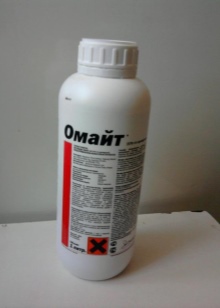
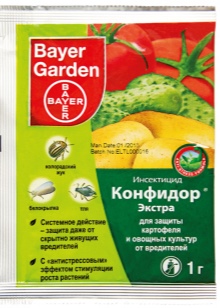
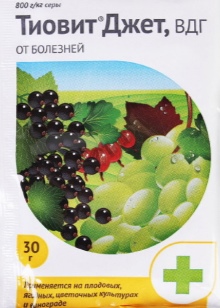
A couple of weeks after flowering, the green parts of the plants are processed:
- "Vectroy";
- "Topaz";
- "Quadris";
- "Strobe";
- "Mancocebom";
- "Ridomilom Old".
These drugs are systemic fungicides and can prevent many diseases. With the onset of the July rains, strobilurins are used as a prevention of gray rot:
- "Pyraclostrobin";
- "Dimoxystrobin";
- "Azoxystrobin";
- "Picoxystrobin";
- "Kresoxim-methyl".
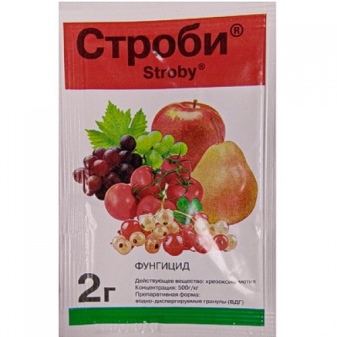
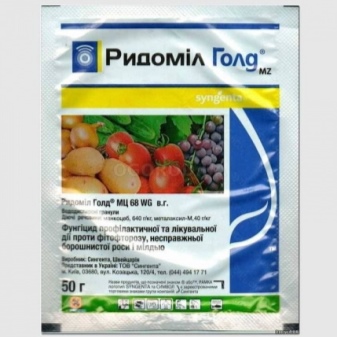
These products are synthetic pesticides that replace natural fungicides. They are highly effective in preventing putrefactive infections.
As for the protection of the vine from parasites, the spider mite does not tolerate the effects of the Envidor, Amitraz and Pyridaben acaricides, and only grafting on phylloxera-resistant rootstocks will help to cope with leafy phylloxera. It is very difficult to defeat this pest in another way, since, due to mutations, it quickly adapts to chemistry and becomes resistant to its effects. Good results are obtained by using a tank mixture - a complex preparation made from insecticides and fungicides.
Such compositions are capable of simultaneously protecting grape bushes from both diseases and pests, however, when making them independently, it is necessary to take into account the compatibility of certain chemical preparations and objectively assess the ratio of risk to the environment with benefits for plants.
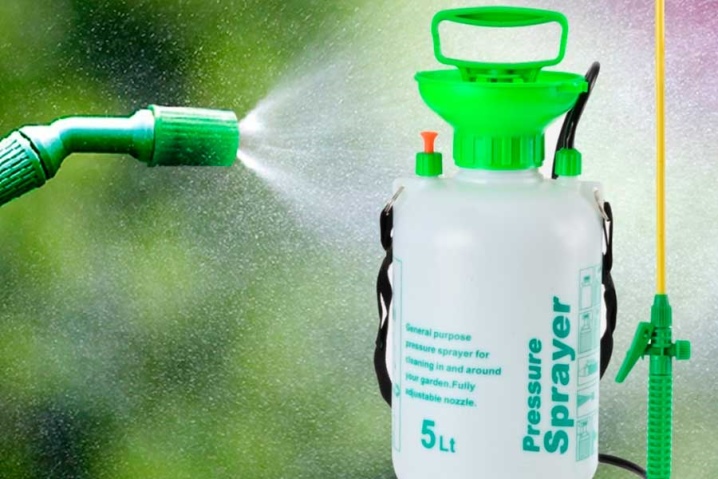
Folk remedies
Unlike chemical compounds, improvised means operate more carefully and do not harm either the plants themselves or the environment.The fruits processed in a folk way can be eaten on the second day after the procedure, while after chemical preparations the bunches cannot be touched for about 3 weeks. The disadvantage of folk remedies is the fact that treatments must be performed regularly every 7 days, while chemical preparations are able to cope with ailments or pests in 1-2 applications. Folk remedies also do not help in cases of too massive damage to grapes by infection or pests, so their use is more appropriate only for preventive purposes.
Yeast, honey, celandine leaves, soda, soap, comfrey and peony root are often used as improvised means.

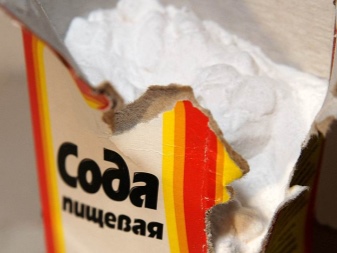
Consider the most effective and affordable means of protection against diseases and pests that can be found in every home.
- Infusion of onion peels. To prepare the infusion, take half a bucket of husk, fill it with water, boil for 20 minutes, remove from heat and remove for a day to infuse. Then add water to a volume of 10 liters, put a spoonful of honey, filter and spray the vine.
- Decoction of celandine or comfrey prepared as follows: crushed leaves, stems and roots are placed in a bucket for 2/3, water is poured, boiled for about 20 minutes, cooled, filtered and treated above-ground parts of plants.
- Infusion of old hay It is very effective against powdery mildew and is prepared as follows: a 10-liter bucket is filled with old hay or hay dust, water is poured and removed to a dark place for infusion for 7-10 days. Then the resulting infusion is filtered, half a liter of milk whey is added to it and the bushes are irrigated.
- Soda good for gray mold, caterpillars and powdery mildew. To prepare a solution from gray rot, add 7 tsp into a 6-liter bucket of water. soda and spray the vine. If large areas are affected, 1 tbsp is dissolved in 1 liter of water. l. soda, the same amount of vegetable oil and liquid soap. The mixture is applied to the green part of the plants in the evening in dry weather. For the treatment of powdery mildew 1⁄2 tsp. soda is dissolved in 1 liter of water and the leaves are sprayed with this solution every 2 days until their surface is cleaned.
- For the prevention of fungal infections in 7 liters of water dissolve 20 g of liquid soap, 2 tbsp. l. soda and spray the vine. The procedure is repeated twice with an interval of 10 days. To rejuvenate grapes, prepare the following mixture: add 1 tsp to 6 liters of water. soda, the same amount of Epsom salt (magnesium sulfate) and 15 drops of ammonia. The resulting solution is used to treat green parts of plants.
- Iodine well protects grapes from various diseases, including gray rot and mildew, and helps to increase yields. To prepare the solution, add 1 ml of iodine to 1 liter of water, mix well and spray the bushes. As a preventive measure, the treatment is repeated every 7 days.
- Trichopolus copes well with mildew. To do this, take 1 liter of warm milk, dissolve 9 tablets of trichopolum in it, add 20 drops of iodine, mix and pour the resulting mixture into a bucket with 9 liters of water. Irrigation is carried out every 10 days.
- Potassium permanganate also used in the treatment of grapes for mildew. To do this, dissolve 1.5 g of the substance in a liter of water and irrigate the leaves.
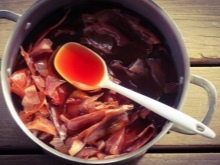
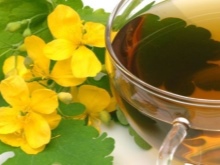

In addition to fungicides and insecticides, after flowering grapes also require feeding. Nitrogen fertilizers such as infusions of herbs, chicken manure or manure are suitable for this. From ready-made preparations, you can recommend GroGreen 20.20.20 or Master 20.20.20 at the rate of 25-50 g of fertilizer for each bush. To prevent the pea of grapes, which is a consequence of a lack of boron, it is recommended to treat the vine with boric acid. The treatment is carried out during the budding period using the following solution: 10 liters of water, 5 g of boric acid and the same amount of zinc sulfate are mixed in a bucket and irrigated over peas.
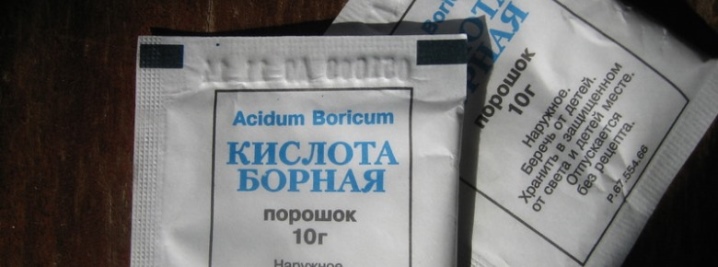
How to spray correctly?
In order for the processing of grapes to bring a greater effect, a number of simple rules must be followed:
- splashing on the bushes should be from top to bottom;
- irrigation liquid should be well filtered and mixed;
- spraying should be carried out in dry weather after sunset;
- The spray gun should be chosen with several spray modes, which will allow you to control the amount of solution and apply it as much as the condition of the vine requires.
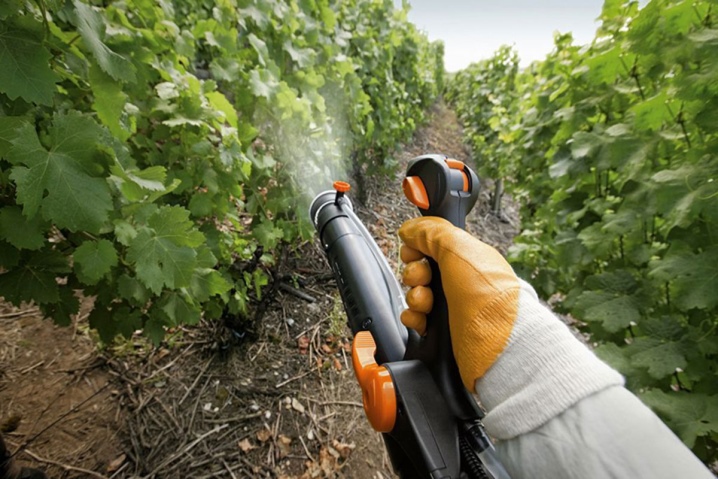
Helpful hints
The processing of grapes is carried out throughout most of the growing season, but it is spraying after flowering that plays the most significant role in the formation of bunches. In this regard, this procedure should be treated responsibly, taking into account the advice of experienced winegrowers.
- The most effective effect on viruses and pests is provided by means of a combined property, so it is better to choose them.
- At each irrigation of the bushes with fungicides, the preparations "Mospilan" or "Plantafol" can be added to the solution. They are highly compatible with many drugs and do not allow pests to multiply.
- After chemical treatment of the vine, diseased leaves and shoots should be removed and disposed of. Damaged parts cannot be restored.
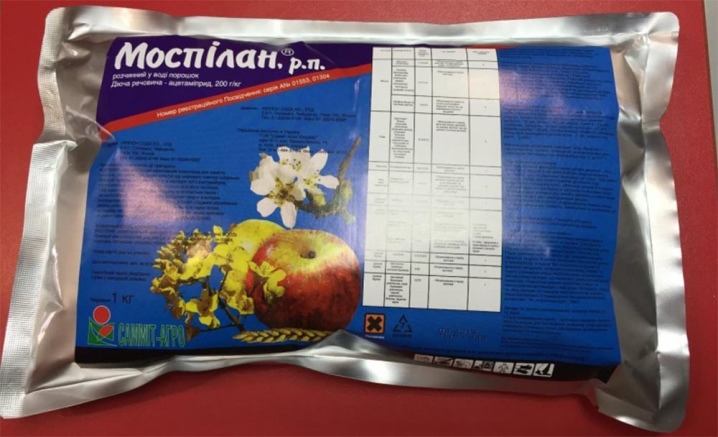
Irrigation is finished at the end of July, in August the grapes are not processed. This is due to the fact that if it was not possible to cure the bush in June / July, then with later processing, chemistry begins to accumulate in the grapes and it will already be unsafe to eat them.













The comment was sent successfully.